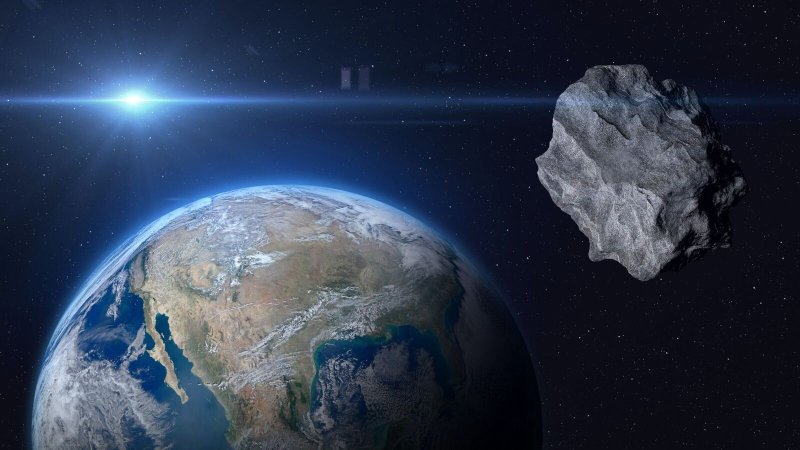

The United Nations General Assembly passed a resolution on 6 December 2016 declaring 30 June International Asteroid Day.
30 June was chosen because on this day in 1908, an asteroid crashed over the Tunguska River region in Siberia, Russia, devastating a 2,150 square km area. It is the largest ever asteroid impact recorded in human history.
The first International Asteroid Day was observed on 30 June 2017.
Asteroids are heavenly bodies that are small in size, made of rocks, and mainly found in a belt between Mars and Jupiter.
Comets are also heavenly bodies made of dust and ice that orbit the Sun. As they come near the sun, their ice melts and forms a tail of gasses. Some Comets originate in the Kuiper belt, which is beyond the orbit of Neptune's planet. They are called short-period comets.
Some comets originate in the Oort Cloud, which is at the outer edge of our solar system. These comets are called long-range comets.
Near-Earth Objects are potentially very dangerous for Earth. Many of the Asteroids burn up in the atmosphere, but some are large enough to crash on Earth, causing massive damage.
The largest recorded asteroid impact on Earth in history was over Siberia on 30 June 1908, also known as the “Tunguska explosion.” A large explosion happened over a sparsely populated region in Siberia, over the Podkamennaya Tunguska River. It released enough energy to kill animal populations in the impact area and flatten an estimated 80 million trees over an area of 2,150 square km.
Recognising the danger the NEO poses to Earth, the US space agency NASA launched Mission DART(Double Asteroid Redirection Test) on 24 November 2021. The experimental mission attempted to nudge the course of an asteroid in space so that it could be deflected from its path. According to NASA, the mission was successful, and the DART spacecraft intentionally crashed with the Dimorphos asteroids.